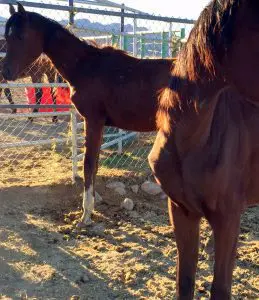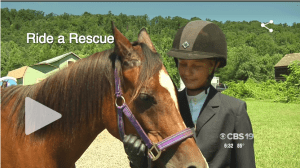HELP NEEDED – EMERGENCY CALL FOR NEAR STARVING STUD COLTS
This post is from Chilly Pepper – Miracle Mustang Rescue.
 Several days ago we received a request for an emergency pick up in Idaho. We were told there were 2 stud colts who were well on their way to starvation. Their feet were horrible, they were “wild” (although they are domestic horses) and would strike if you tried to do anything with them, and they needed help asap.
Several days ago we received a request for an emergency pick up in Idaho. We were told there were 2 stud colts who were well on their way to starvation. Their feet were horrible, they were “wild” (although they are domestic horses) and would strike if you tried to do anything with them, and they needed help asap.
Yesterday Matt drove about 12 hours and went and picked them up. They are in pretty horrific shape. Especially with the weather changing, we need to move quickly, (although we have to be extremely careful not to “overfeed” and make them sick). We have definitely seen and cared for worse cases, but under that hair they are very skinny and they have no muscle tone.
Luckily they have a pretty long coat which has helped them survive. It has also helped disguise their true condition. They have both been sick, and they are quarantined where the cannot have any contact with the other horses here.
They were both in a tiny pen in deep mud with absolutely no shelter or wind breaks. It has been pouring rain where they came from the last few days.
These babies are going to need lots of TLC and groceries, as well as some extra hoof care. This was an unexpected trip, but they definitely would not have survived if left in those conditions. They will also need vet care (ie. gelding) as soon as they are healthy enough.
SHADOW is doing awesome. She runs and plays in her tiny pen and we can’t wait to get her the space she needs. But I am so glad we chose life for her. She is a very happy little girl and absolutely gorgeous.







